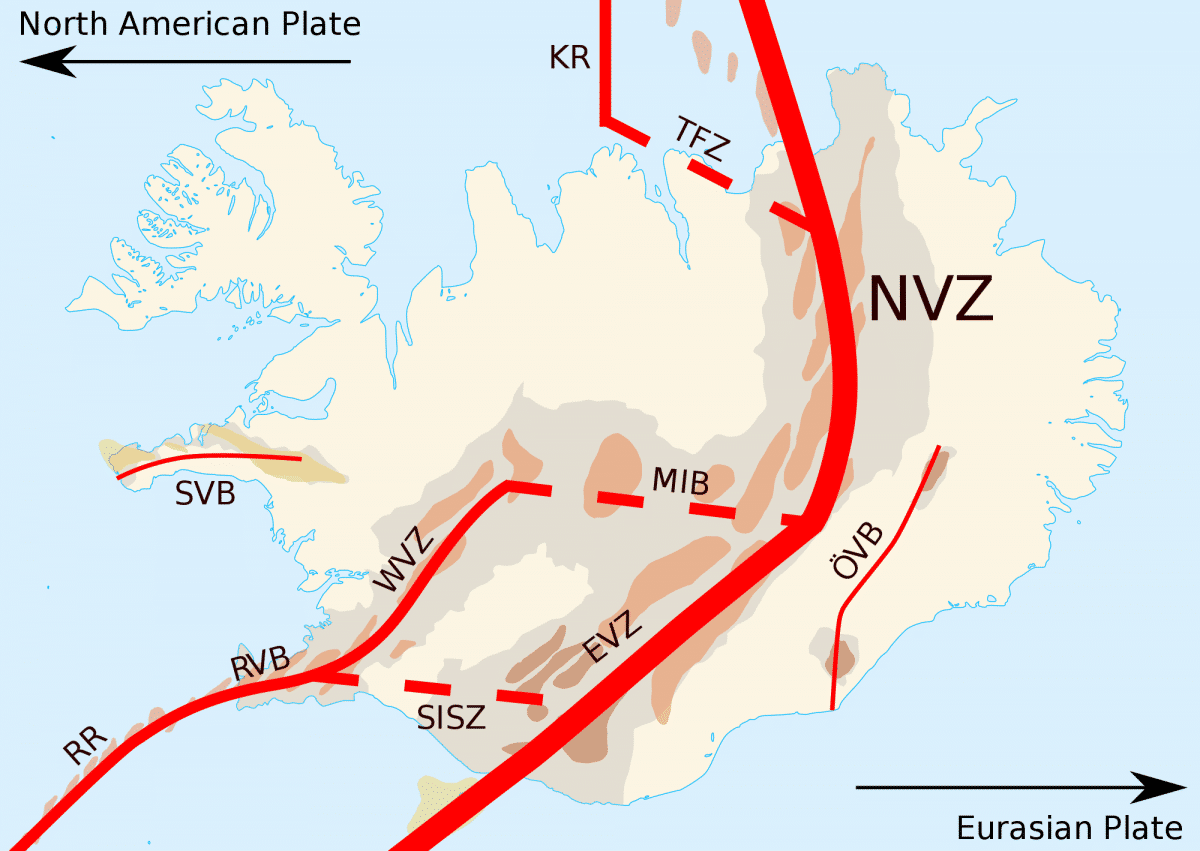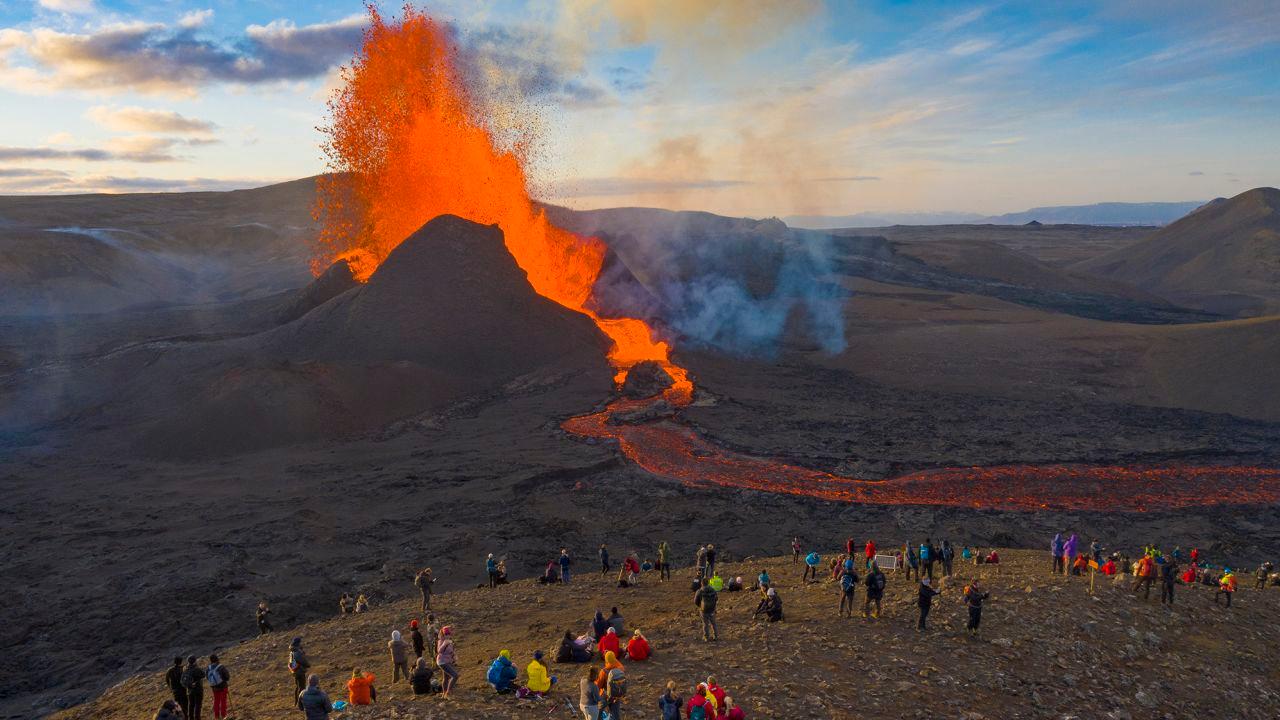The Iceland Met Office has issued a stark warning of a “considerable” likelihood of a volcanic eruption in the coming days, following a series of seismic events that have rattled the country. This seismic activity has prompted the declaration of a state of emergency in Iceland.
Unprecedented Earthquake Swarm:
On November 10, Iceland experienced an extraordinary swarm of earthquakes, with a staggering 800 quakes hitting the southwestern Reykjanes peninsula in less than 14 hours. Over the preceding 24 hours, a total of 1,400 earthquakes were recorded, adding to the already alarming tally of 24,000 seismic events since late October. The most potent quake, measuring 5.2 in magnitude, struck approximately 40 km from Reykjavík, the capital of Iceland.

Rising Concerns and State of Emergency:
The frequency of seismic activity in the southeast of the island has reached a staggering 1,000 earthquakes per day. Satellite observations have identified land deformation in the affected area, intensifying concerns about an impending volcanic eruption. In response to the escalating situation, Iceland has declared a state of emergency.
A Looming Volcanic Eruption:
Since late October, Iceland has been grappling with constant seismic activity in the southwest, a region known for previous volcanic eruptions, including one last summer. The current seismic swarm, characterized by the tearing open of the land for miles, has heightened fears that a substantial volcanic eruption is imminent. The exact timing remains uncertain, but the inevitability of a significant volcanic event is looming over the country.
Seismic Swarm Phenomenon:
The seismic swarm commenced on October 24 in the southwestern part of Iceland, characterized by a surge in small earthquakes, surpassing a rate of a thousand per day. This phenomenon, reminiscent of the seismic activity preceding the La Palma eruption in Spain’s Canary Islands in September 2021, raises concerns that one of Iceland’s numerous active volcanoes may erupt.
Epicenter and Shifting Quake Patterns:
The epicenter of the earthquakes is widespread but primarily focused around the town of Grindavík in the southwest. Initially concentrated to the west, the seismic activity later shifted eastward and, more recently, to the south of Grindavík. Notably, if the earthquakes persist further south, they could lead to an underwater eruption.
Depth and Intensity of Earthquakes:
The depth of the tremors started at over five kilometers below the surface but has progressively shallowed. As of November 9, earthquakes were occurring at 3.5 kilometers, and in recent days, depths have reached as shallow as 800 meters. This escalating shallowness adds to the concern about the potential for a volcanic eruption.
Geological Context:
The frequent occurrence of earthquakes and volcanic eruptions in Iceland is attributed to the unique geological setting of the country. The meeting of the North American and Eurasian tectonic plates in the middle of the North Atlantic, characterized by a separation rather than convergence, creates significant seismic activity. The mid-Atlantic ridge, a massive fissure in the seabed, crosses Iceland, splitting the country in two. This geological reality, although inherently hazardous, is integral to Iceland’s volcanic landscape and its position as a hotspot for seismic events.
Find More International News Here



 Zelenskyy and Estonia’s New PM Discuss...
Zelenskyy and Estonia’s New PM Discuss...
 Ronald L. Rowe Jr. Named Acting Chief of...
Ronald L. Rowe Jr. Named Acting Chief of...
 Rahaab Allana Honored with French Arts a...
Rahaab Allana Honored with French Arts a...
